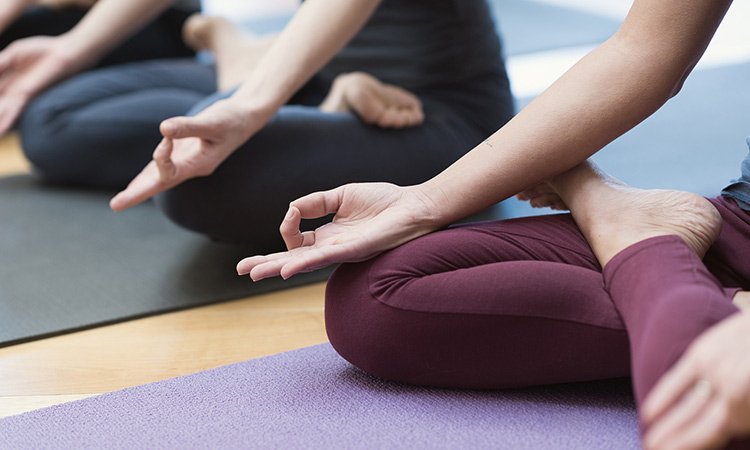
Photos are used for illustrative purposes.
Meditation is a great way to achieve inner peace and stability, but let’s be honest, it often leaves you distracted or even asleep.
Whether you’re a veteran or a beginner, there’s no need to be embarrassed if your mind wanders a little. The most important thing is to get back on track and try again.
“The key is to stop resisting thoughts or trying to make them go away. Thinking is part of meditation,” writes Meditation Oasis. “Thinking is a natural activity of the mind.”
When you start to feel restless, it’s easy to stop what you’re doing and try again another day, but experts say that instead of quitting, it’s best to allow the restlessness to set in and take back control of your body.
Here are three ways to stay focused while meditating.
Start simple
If you’re new to yoga, don’t jump into a full session, which is typically 45 minutes to an hour. Instead, choose a shorter time frame of 15 minutes or less. Once you’ve determined your ideal length, set aside time to practice each day to develop focus and intention.
“If possible, meditate at the beginning of the day to prepare yourself for what’s to come and at night to help wind down before you go to sleep,” writes Better Health Every Mind Matters.
Practice your breathing
“Breathing during meditation is important not only because it calms the nervous system, but also because it’s a way to reconnect with and relearn your body,” Jordan Harris, a certified yoga instructor at Vive Yoga Studio, told The Atlanta Journal-Constitution.
Harris recommended practicing lion’s breath, bee breathing, abdominal breathing and the 4-7-8 technique as a first step to taking control and connecting with yourself.
“All of these techniques can be used to reduce stress and anxiety and learn how to be present in the moment,” he adds.
Find the perfect position
Some people meditate sitting down, others lying on their back. Whatever position you choose, make sure you can maintain that position for a while. Practicing good posture for this time is known as meditation muscle memory.
“By assuming your preferred posture, your mind and body will recognize it’s time to meditate and help you enter a meditative state more quickly over time,” Peloton writes.
As you begin meditating, remember that it’s a marathon, not a sprint. To have a successful session, practice your breathing, decide on an appropriate time frame to stay focused, and get into the perfect posture.
Tribune News Service

